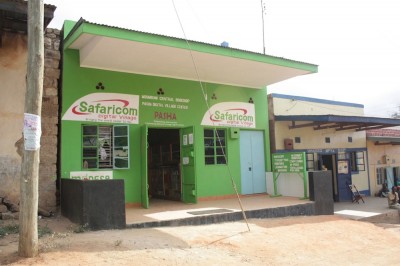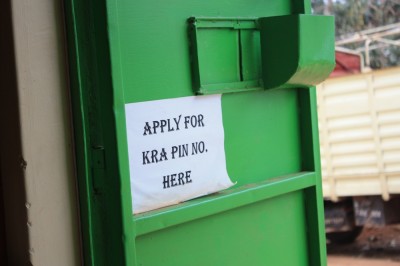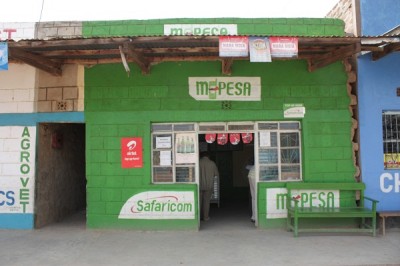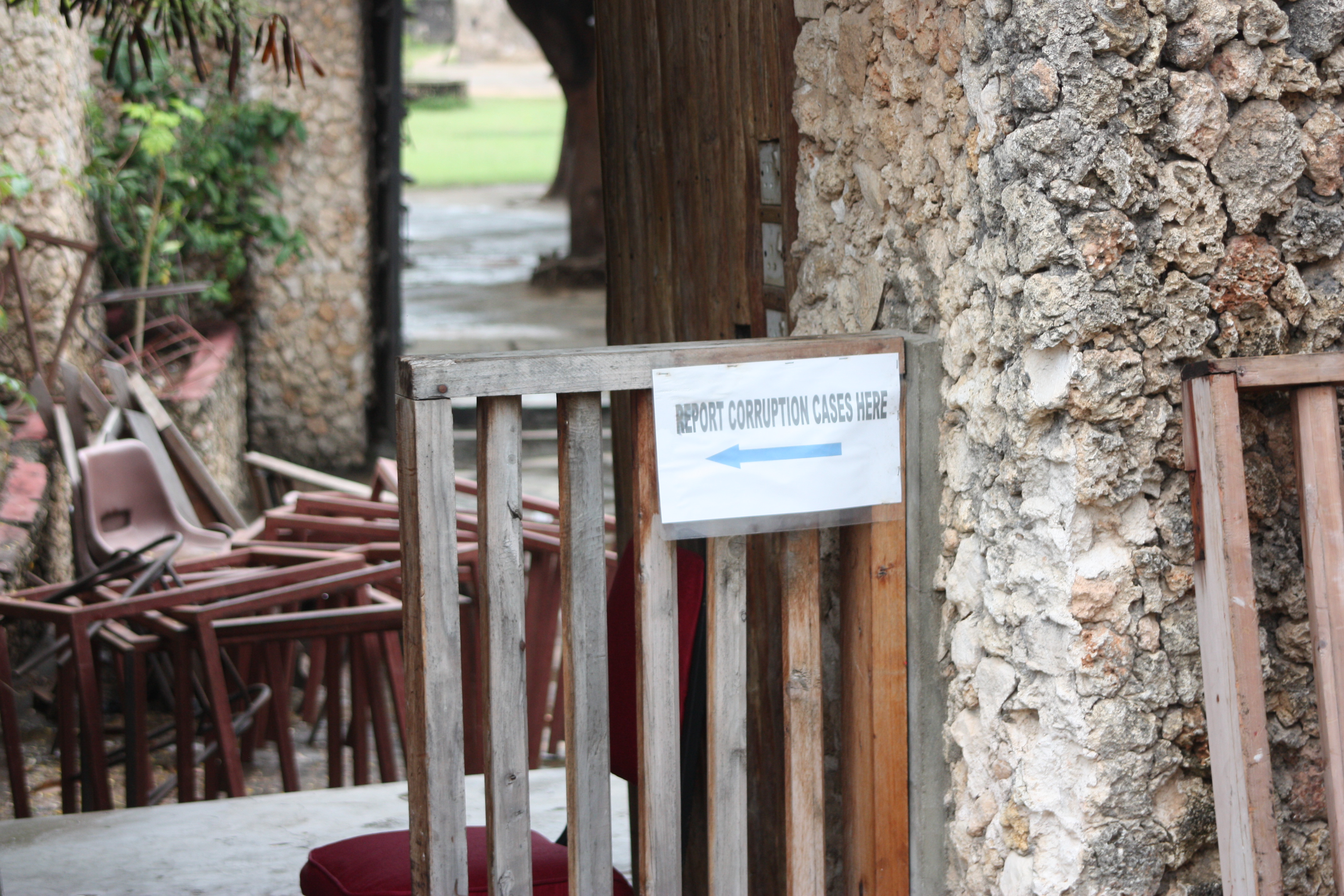Archive for the ‘kenya’ tag
Innovating for the People: How Africa is using Technology for Better Governance.
This post is the forth and last article in a four-part series on Africa: The Present Frontier.
On his first day in office, US President Barrack Obama signed the Memorandum on Transparency and Open Government start the process that led to the Data.gov we know today. Within 3 years, other governments had followed suit around the world with many attempting to do it and others getting past the hurdles to finally launch. The first one in Africa to start the process and deploy an open data portal was Kenya. Other countries are expected to follow suit in the coming months and years.
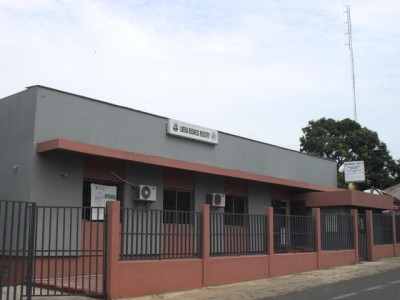
The Liberia Business Registry which provides an online platform for business registration. Image source: http://www.lbr.gov.lr/
The story of governance in Africa though punctuated by war, coups de etat and not-so-democratic elections is also full of stories of democratic progress and innovation. Technology is playing a role on the demand side of governance with citizens taking to technology platforms to amplify their opinions and demand better services from governments. It’s playing a big role on the supply side as well with governments adopting e-government and making progress along the path to open government and turning Africa into an attractive place to live in and do business.
The IFC in its Doing Business report for 2012 found that every single East African country had made at least one reform aimed at making them an attractive investment destination. Areas such as electronic submission of documents for businesses establishing a presence are important for governments in the East African Community. Sadly, despite the reforms, the 2012 Doing Business ranking show only 2 out of 5 of the EAC states improved their rankings with all the others dropping between 2 and 4 places from 2011. Rwanda remains the 3rd best country to do business on the continent after Mauritius and South Africa at its current 45th position in the rankings. Kenya, at 109, is ranked better than Nigeria, Brazil and India.
The improvements in the EAC have resulted in stronger legal institutions but maintained expensive regulatory processes. However, as these governments implement e-government initiatives and make progress along their respective roadmaps, the costs for businesses and individuals where interactions with government are concerned will reduce and play a role in improving the business environment in the region. This is key to creating employment, reducing poverty, improving the quality of life and growing a country’s GDP. Here are some examples of how countries in the region are using technology to serve citizens and protect the gains made in opening up the democratic space and improving the business environment.
- Kenya Revenue Authority’s (KRA) Portal. Interacting the revenue authority almost always meant a great deal of standing in line and loss of valuable man-hours lost. This created an environment for intermediaries and corruption to thrive resulting in the loss of millions of dollars in revenue every year. The authority implemented a series of measures to make customs, excise and value-added-tax processes convenient, less costly and more water tight through an online platform resulting in a level playing field for business and less citizens standing in line for days to get things done. It also put those pesky ‘brokers’ hanging around government offices offering to ‘help’ out of business.
- Tanzania Revenue Authority e-Filing and mPayments. In a move that created a new precedent in Government to Citizen (G2C) services in sub-Sahara Africa, the Tanzania tax authority implemented a mobile payments tax system which makes it unnecessary for citizens to visit their offices to pay taxes.
- Rwanda Mobile-enabled Driving license applications. In an effort to reduce the amount of time it takes to apply for a driving license in Rwanda, the government introduced a mobile-enabled service that allows citizens to send a text message to the platform and receive a registration number, the first step in the process, cutting the process from 4 months to 45 days.
- Liberia’s Online Company Registry. Liberia’s company registry allows citizens to register a business without having to make trips to government offices usually a standard practice with this bureacractic process.
While some have already done so, a number of countries in sub-Sahara Africa are on the path to introducing electronic lands registries, integrated financial management systems and electronic business registration in an effort to improve service delivery in their government to government (G2G) interactions and G2C / G2B services.
The old Africa is almost no more. There’s a new Africa emerging. One where stronger institutions exist, better legislation, transparency and citizen participation in governance is the norm. The new Africa is here.
Four Things to Consider When Designing Small Solar Systems for Africa
If you are preparing to launch a solar lighting product in sub-Sahara Africa, especially Kenya, here are four things to consider based on my observations in Eastern Kenya earlier this year. No citations here, no scientific data just my thoughts.
- Tradeoffs will happen. Be on the right end of the tradeoff when it does. Usually these tradeoffs are not just price versus features but new thingymajigy vs status quo. Despite the trouble with kerosene, most consumers know how to cope with it. Save the customer time or money and you will be on the better side of the tradeoff. Time in getting a job done or money that is spent as a consequence of the existing solution (medical bills for children studying by kerosene lamps, burns, continued purchase of kerosene etc). If the payoff from your solar solution appears to require a long wait, you may already be on the wrong end of the tradeoff. Find a different benefit to present.
- Aspirations exist. Customers purchasing their first solar lighting product are moving up from kerosene to something cheaper to run. However, once they light up their house they begin to plan for the next electricity consuming device. A bigger radio and a television rank fairly high on the list of these customers. If your product can scale up with them to a point on that journey, they won’t feel they will have to write it off when they are ready for something bigger. Panels that form an array, charge controllers that can be replaced with bigger ones, the option to add batteries…these are some of the ways you can plugin to the customer’s aspirations and grow with them. A point to note; solar home system users in off-grid locations consider a grid connection once it becomes available despite the obvious cost benefit of solar power. A grid connection is considered a step up.
- Price isn’t everything. People like to show off their latest acquisitions, especially when these acquisitions translate into improved perceptions of their social status by their own peers. If your product is known for being cheap, that erodes the ‘brag-abilty‘ of it. Nokia mobile phones were very popular in the slums of Kibera despite not being the cheapest.
- Be part of an ecosystem. While showing off a solar product to residents of rural towns in Kenya earlier this year, they repeatedly asked what they would do with it if it needed repair. Because it features an LED light with integrated power storage, they immediately began asking how it would work with regular solar bulbs or readily available alternatives. They complained the panel was too small (they hesitated to classify it as a solar solution) and it worked with nothing else they that is readily available at their local electronics stores. Any one of those issues was a deal breaker. Play nice with others in the ecosystem and that includes other LED lights, batteries and fundis (local skilled technicians).
It seems to me that any firm selling a 5w-10w panel + 12v 60AH (or more) battery + easily available bulb is on the right path. Now if the solution allows additional panels to be integrated, a charge controller added and bigger batteries plugged in, you have a winner.
Government Services Intermediation: The New Role for Cybercafes.
Mbumbuni is a rural market town in Kenya’s Mbooni East District approximately 120km from Nairobi. Within the market is one of the Kenya ICT Board supported Pasha Centers and probably one of the best equiped cybercafes I have seen. When I visited the area in August of 2011, the 3G signal was poor and the center was using a GSM router connecting via EDGE to provide access to clients. The resulting experience was of course poor. For the residents in the area, the next cybercafe with a good connection is in Masii 8km away or in Wote town 50km away. For anyone wishing to register with the tax authority (a prerequisite to opening a bank account), a working cybercafe is the primary mode of accessing the authority’s online portal. There is no way of obtaining the registration at a KRA office. Cybercafes and Pasha centers charge an average of Ksh150 and as high as KSh250 to help clients complete the process and only a per minute charge for those savvy enough to login and do it themselves. For the residents of Mbumbuni, the Pasha center is their first option. Other options are guaranteed to be more expensive.
In the last four months I have travelled to parts of Kenya I only read about. Some of them almost 600 km away from Nairobi and others just an hours drive away. I have seen places where cybercafés are doing great and others where they are struggling to stay open. The landscape is varied but inspiring. Our estimates put the number of cybercafes in Kenya at approximately 2,500 most of them concentrated in the more densely populated parts of the country. Although statistics show a growing number of Internet users (35% of the population at last count), the vast number appear to be using their mobile phone as their primary gateway. Although feature phones can now provide 3G Internet access, play music and take pictures they still can’t print, scan or edit documents. With very low PC penetration in the country the rational decision is to therefore default to cybercafes for these tasks and others not yet available on mobile. Such as eGovernment.
The move by government departments and agencies such as the Kenya Revenue Authority to port services onto online spaces and then discontinue offline provision can be seen as a sign of progress. However, in using eGovernment to scale services fast across large areas at low cost, new barriers to access emerge. Digital barriers and cost barriers. These barriers have created new opportunities for cybercafé owners and Pasha center entrepreneurs allowing them to charge for a service that didn’t exist only a couple of years ago. The cyber café has now acquired a new role as an intermediary to government services introducing with it new costs of intermediation.
Whereas eGovernment presents a new opportunity for private enterprise in the form of new intermediation services, the government still needs to find ways of encouraging telcos to deploy better last mile connectivity (3G, LTE) to rural places where the financial investment may not achieve ROI in the short term. If poor connectivity remains a problem, the services may not be any closer to the people than they were before when the residents of Mbumbuni and Masii had to travel to Machakos, Wote or even Nairobi to get government services. In my opinion, there are three areas the Directorate of eGovernment and other actors in the space may consider giving priority as Kenya marches on into a fully digital future.
Better connectivity. Better 3G or LTE connectivity for the last mile to the cybercafes located in rural areas is a good place to start. Providing better connectivity could trigger consumption of data as people find utility for it. In places such as Maai Mahiu and Isinya we heard from a couple of people how frustrating spotty connections are. In Isinya, 40km from the city of Nairobi, residents opt to travel to Kajiado town or Kitengela rather than endure the local cybercafe’s unreliable connections.
Pricing Interventions / Guidelines. When intermediation services become high enough to become a bona fide barrier to access, there’s a problem. Ksh250 is enough to feed a family of four for a day or two. In areas where government services are only available online, this could mean that some families opt out of crucial government services they shouldn’t be having to do without. The initial premise is to bring services closer to the people. High financial costs neuter that objective. Introduction of price caps that keep it financially interesting for enterpreneurs to provide access to these services while remaining accessible to the majority of the people maybe an option worthy of some consideration.
Design for mGovernment. 24 million mobile devices are hard to ignore. Policy guidelines that allows government departments to design and deploy services on the mobile platform should be a priority in the short term. If bringing services closer to citizens is a priority, the mobile handset is as close as it can get.
As new formal intermediaries to government services begin to emerge with the rollout of new infrastructure and services, governments need to keep everyone in the ecosystem on the same page. Cybercafe owners need to remain motivated to provide the services, government departments need to create and train technical and customer care teams and citizens need to be educated on how to access and utilize these services.
Regulation & Innovation – The Challenge for Governments
During the Internet Governance Forum conference held in Nairobi last September, Kenya’s head for e-Government Dr. Catherine Getao made an observation that probably holds very true in many places worldwide. Private sector innovations can happen in the absence of government policy but in many instances government can’t implement innovation in service delivery until legislation and policy is in place. This was in response to a comment I had made on the disparity between the rate of innovation adoption by government when compared to the private sector and the citizens.
Mobile money in Kenya provides a fairly good example of this. M-Pesa is not directly regulated under a full banking license but operates under a special dispensation from industry regulators. At public roll-out, the MPesa service allowed urban Kenyans, for instance, to send money easily and more safely to their rural folk. Service providers then implemented utility payments via mobile money and integration of mobile money with conventional banking services. Within 3 years, firms like PesaPal and iPay had emerged providing a bridge between mobile money and e-commerce. Services in this space are continuing to evolve every year.
Although I can send money, pay utility bills, buy goods and check my bank balance through my mobile phone, I still can’t pay government fees, taxes or levies on it. I still have to go to a bank like I did 5 years ago. Hence Dr Gitau’s comment alluding to the delay caused by the (usually long) wait for development of legislation to guide government adoption of new technology for service delivery.
So whereas mobile money was launched and has continued to evolve in an environment where regulation and policy was yet to be fully developed, the government was unable to leverage this technological gains for its own good. Mobile money in Kenya is a good example of how innovation preceding regulation can be good for the country. Although governments can create an environment for phenomenal progress (like Kenya’s has done), their inability to keep up with the momentum triggered by the private sector for service delivery (due to bureaucracy) is an example of how innovation preceding regulation can slow progress in eGovernance.
This is where the challenge lies for those designing the next generation of eGov services as well as the agencies/departments seeking to improve service delivery through ICT. A highly collaborative multi-stakeholder approach is, in my opinion, necessary to not only accelerate the rate of innovation but the speed at which governance frameworks evolve to cater for the emerging ‘new normal’.
From Open Data to Open Action
“The thing to remember is, Human beings do not socialize in a completely random way. There’s a tangible reason for us being together, that ties us together. Again, that reason is called the Social Object.” Hugh MacLeod
The Open Government Partnership declaration commits members to support civic participation in addition to making data on government activities open to the public. In Africa, Kenya made history as the first country in sub-Sahara Africa to implement an open data initiative giving citizens unprecedented access to valuable datasets. 40 countries, 5 of them African countries, have since signed up to the OGP and I believe they are at different levels of following through on the spirit of the declaration.
The value of open data to citizens is unquestionable. This year, Kenyan software developers have launched mobile apps that leverage open data to provide services to citizens. They have mostly been in the healthcare and agriculture verticals but services in education and entertainment have begun to emerge. These are very encouraging signals coming out of a country that only a decade or two ago made it almost impossible for citizens to know what the government was doing. These apps may not have been possible without access to the huge amount of data the government holds and is now making available to software developers.
However, we shouldn’t think of only mobile and the web when we talk about leveraging open data. “To turn raw data into ‘edible’ content that citizens can consume and make decisions with” should be the overarching objective for anyone looking to improve citizen participation in governance through open data. This edible bits of content should be easily consumed on the now ubiquitous mobile devices in Africa as well as on old fashioned news print and billboards. Jyri Engestrom refers to social networks as “object-centered sociality” meaning people connect because they have a reason to and that reason is usually an object (in the loose sense of the word). Moving from mere intentions to action may start with little more than an object (physical or otherwise).

